The Five Tibetan Rites stimulate full energy flow through the chakras and enliven corresponding nerves, organs, and glands. These exercises also tone and strengthen the major muscle groups, contributing to a strong, resilient physique. Once you are familiar with the exercises, the practice of the Five Tibetan Rites will take about 10 minutes daily. The Five Tibetan Rites are ideally practiced 21 times each. Oddly enough, there is no need to exceed 21 repetitions, as the desired energetic effect of the Five Tibetan Rites is achieved at that number. There is no harm in performing a greater number, but it simply isn’t necessary. Most people need to work up to that number of repetitions, so don’t be concerned if it is difficult to practice the full complement from the start. It takes nearly every beginner a month or longer to work up to the full 21 repetitions. In the beginning, start out with 10 or 12 repetitions of each exercise. Build your practice at your own pace. You will be doing yourself a great deal of good by practicing any number, and there is a lot of satisfaction to be gained from working your way up to 21 times each. Take your time, practicing daily and with as much precision as possible. Even as you are building up to 21 repetitions of each exercise, you will start to feel stronger and more energetic.


To ensure that you are practicing properly, carefully read the instructions for each exercise, and refer to the accompanying videos.
Tibetan Rite #1
Stand up straight with your arms outstretched to the sides. Fingers are together, palms are open and facing downward. Holding this arm position, spin full circle in a clockwise direction. (Turn your head to the right, that is the direction in which you want to spin.) Repeat the spin 21 times without a break.
When you finish spinning, stand with your feet together and your hands on your hips. Take a full, deep breath, inhaling through the nose. Exhale through the mouth with your lips pursed in an ‘0’. Repeat the inhale and exhale, completing two full breaths before moving on to Tibetan #2.
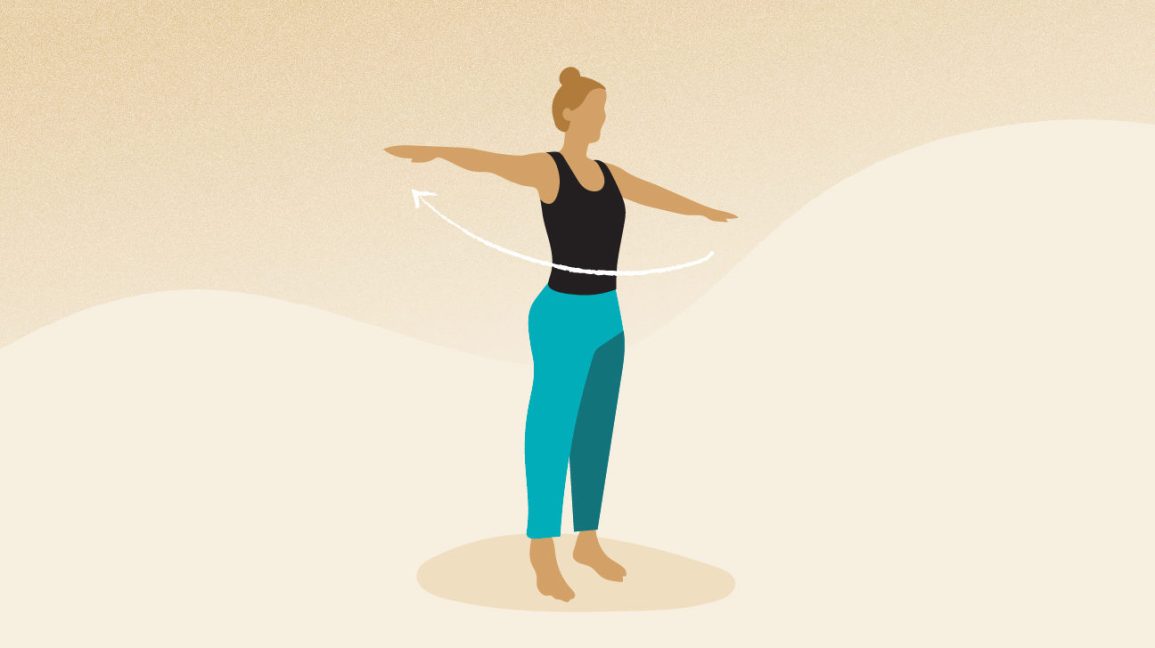

You may experience some dizziness when you first practice this exercise. Be careful, and don’t push it. This exercise strengthens the vestibular apparatus – the balance mechanism residing in the inner ear. With regular practice, the dizziness will stop, and the spin will become easy and fluid, even at very fast speeds. This is the same motion practiced by Islamic dervishes, the Sufi mystics who twirl at rapid speeds for long periods of time. These mystics are known as ‘Whirling Dervishes’.
Tibetan Rite #2
Lie on your back on a mat or rug. Your legs are fully extended, ankles flexed and touching. Arms are by your sides with the palms flat on the floor. Inhale through the nose, lift your legs a little past a 90-degree angle, and raise your head, tucking your chin into your chest. This is all done in one smooth motion. Your toes point toward the sky; your lower back should remain flat on the ground.
Exhale through either your nose or mouth, bringing your legs and head down to the ground. Repeat 21 times, inhaling as you raise your legs and head, exhaling as you bring them down.
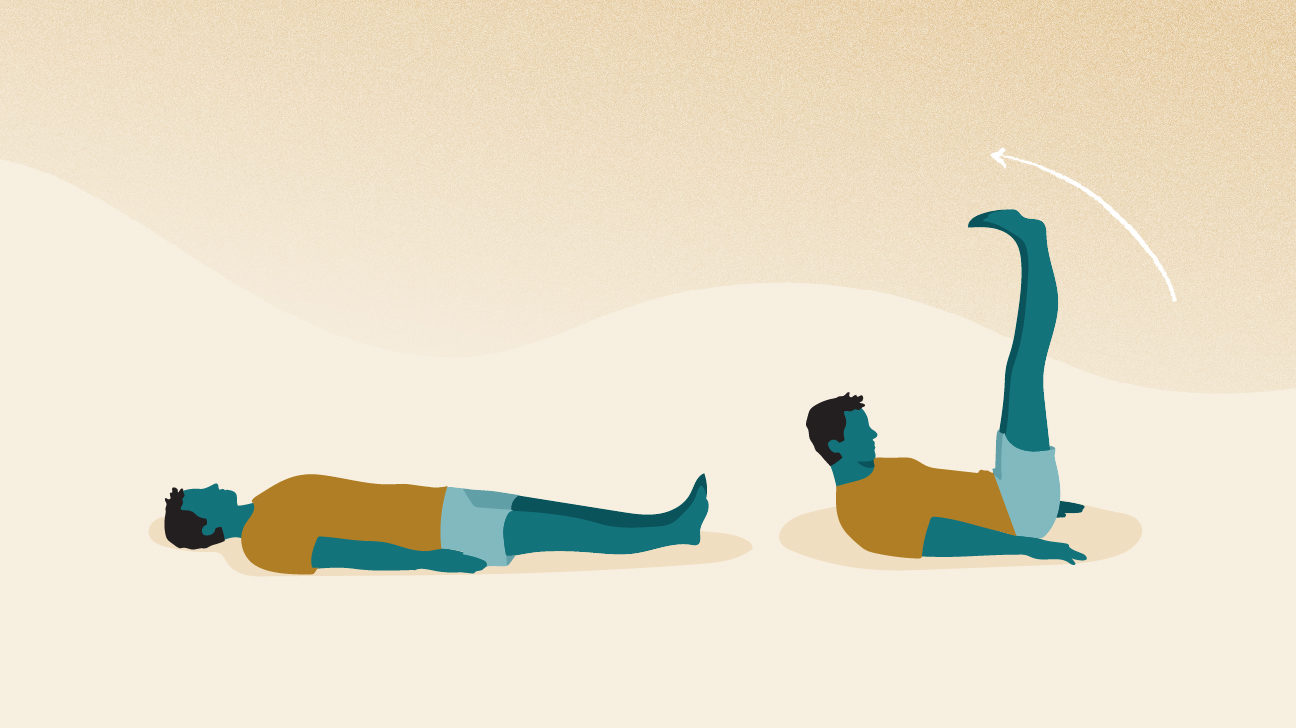

When you are finished, stand with your feet together and hands-on-hips. Take two full, deep breaths inhaling through the nose and exhaling through the mouth, with your lips pursed in an ‘0’.
Tibetan Rite #3
Kneel with the balls of your feet resting on the ground. Your knees are about four inches apart. Place your palms against the backs of your thighs just below the buttocks. Your spine is erect, with your chin tucked into your chest.
Inhale through the nose, arching back from the waist. Drop your head as far back as you comfortably can. Your hands will support you as you lean back. Then exhale through either the nose or mouth, as you return to the starting position. Repeat the entire motion 21 times in a steady, unbroken rhythm.
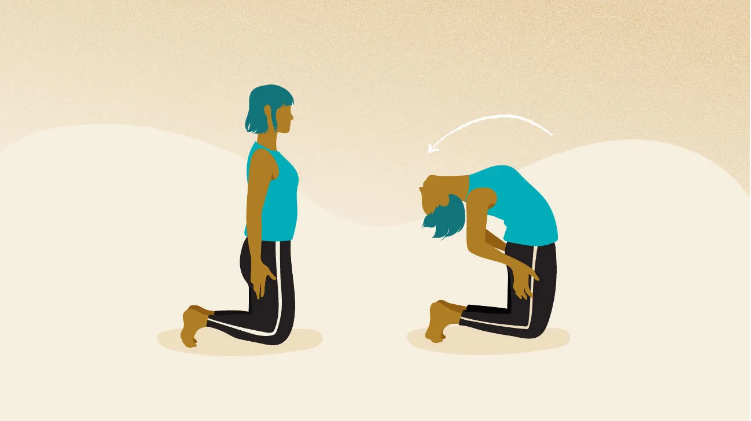

When you finish, stand with your feet together and your hands on your hips. Take two full, deep breaths, inhaling through the nose and exhaling through the mouth, with your lips pursed in an ‘0’.
Tibetan Rite #4
Sit up straight with your legs outstretched in front of you. Place the palms of your hands flat on the ground beside your hips. Positioning of the hands is very important; they must be placed exactly alongside the hips. Tuck your chin into your chest.
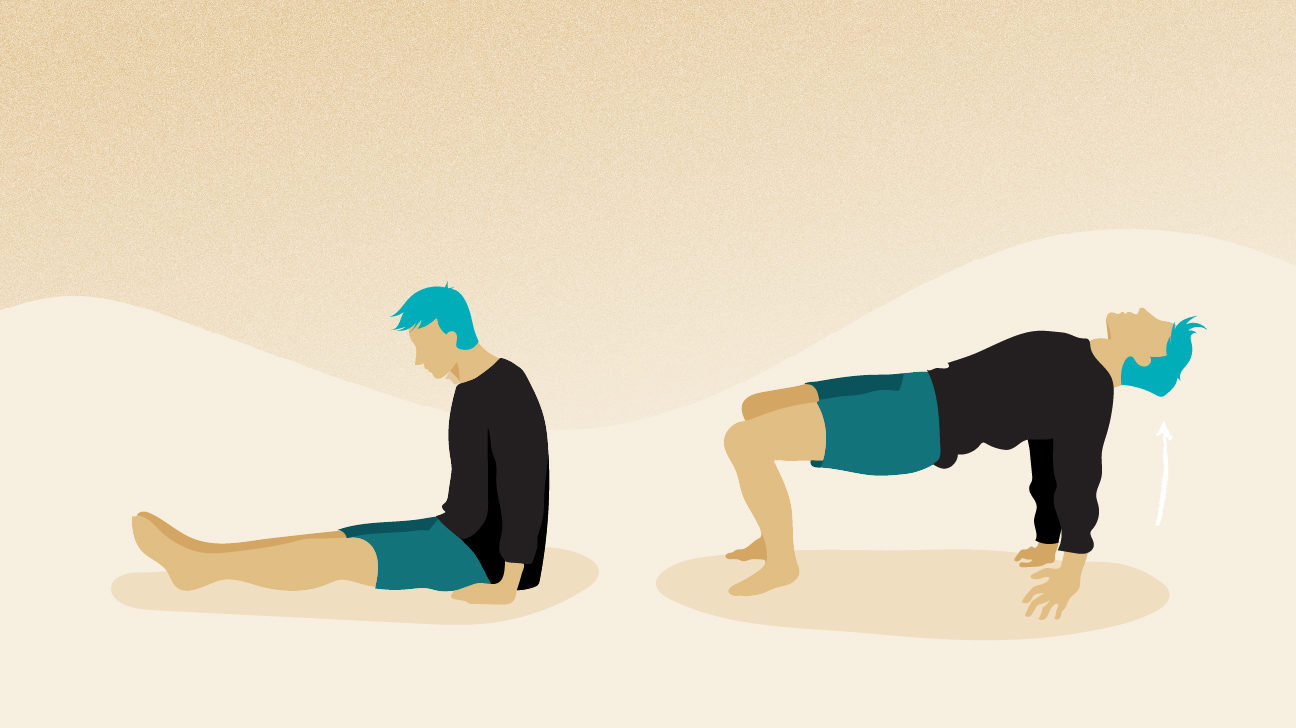

Inhaling through the nose, raise your hips as you bend your knees, bringing the soles of your feet flat to the ground and dropping your head all the way back. You will come into a position in which the trunk is parallel to the ground while the arms and legs are perpendiculars. Exhale through either the nose or mouth as you come down to the starting position. Repeat this motion 21 times in a steady, unbroken rhythm. Do not let your feet slide. The feet should stay in the same place through this whole exercise. Also, the arms should not bend; the movement is instead accomplished by pivoting at the shoulders. Stand when you are finished, feet together and hands-on-hips. Take two full, deep breaths, inhaling through the nose and exhaling through the mouth, with your lips pursed in an ‘0’.
Tibetan Rite #5
Begin this exercise by supporting yourself on the palms of your hands and the balls of your feet. Both the arms and the legs are about two feet apart. Your head is up and back. Keeping your arms and legs straight, inhale through the nose as you raise your buttocks and tuck your chin into your chest, bringing your body up into a perfect triangle. Exhale through either your nose or mouth as you swing back down to the starting position. Except for the palms of your hands and the balls of your feet, your body remains off the ground during the entirety of this exercise, and your arms and legs do not bend at all. Repeat the entire motion 21 times in a smooth, unbroken rhythm.
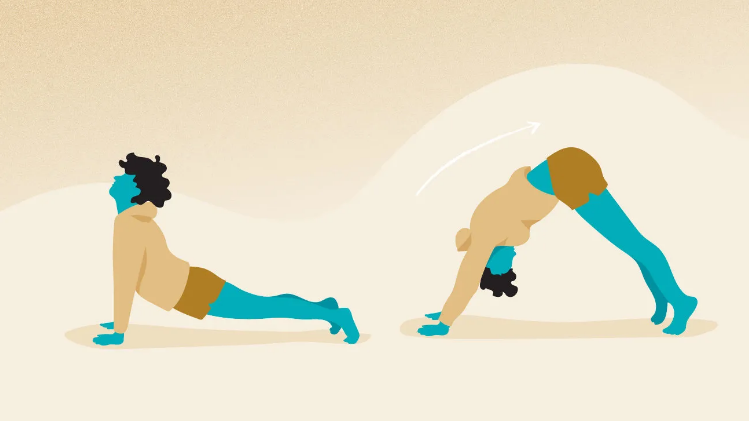

Upon finishing, stand with your feet together and hands-on-hips. Take two full, deep breaths, inhaling through the nose and exhaling through the mouth, with your lips pursed in an ‘0’.
NOTE: When you have finished performing all five exercises, lie down on your back and relax for several minutes. Let the breath be gentle and easy. Notice any new sensations in your body.
✨ From The Five Tibetan Rites: Five Dynamic Exercises for Health, Energy, and Personal Power by Christopher S. Kilham.
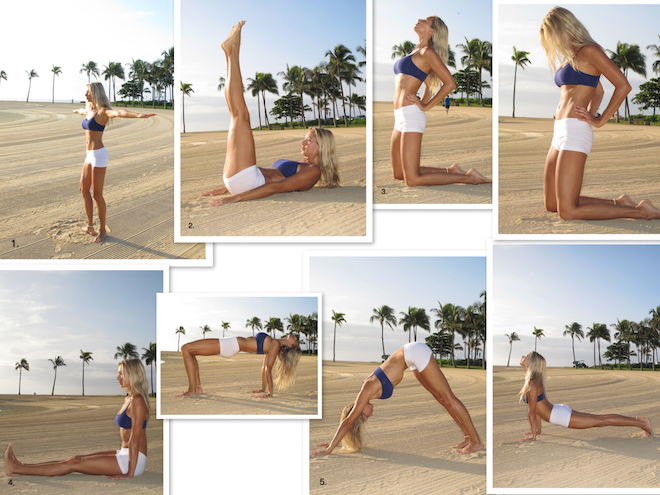





Leave a Reply